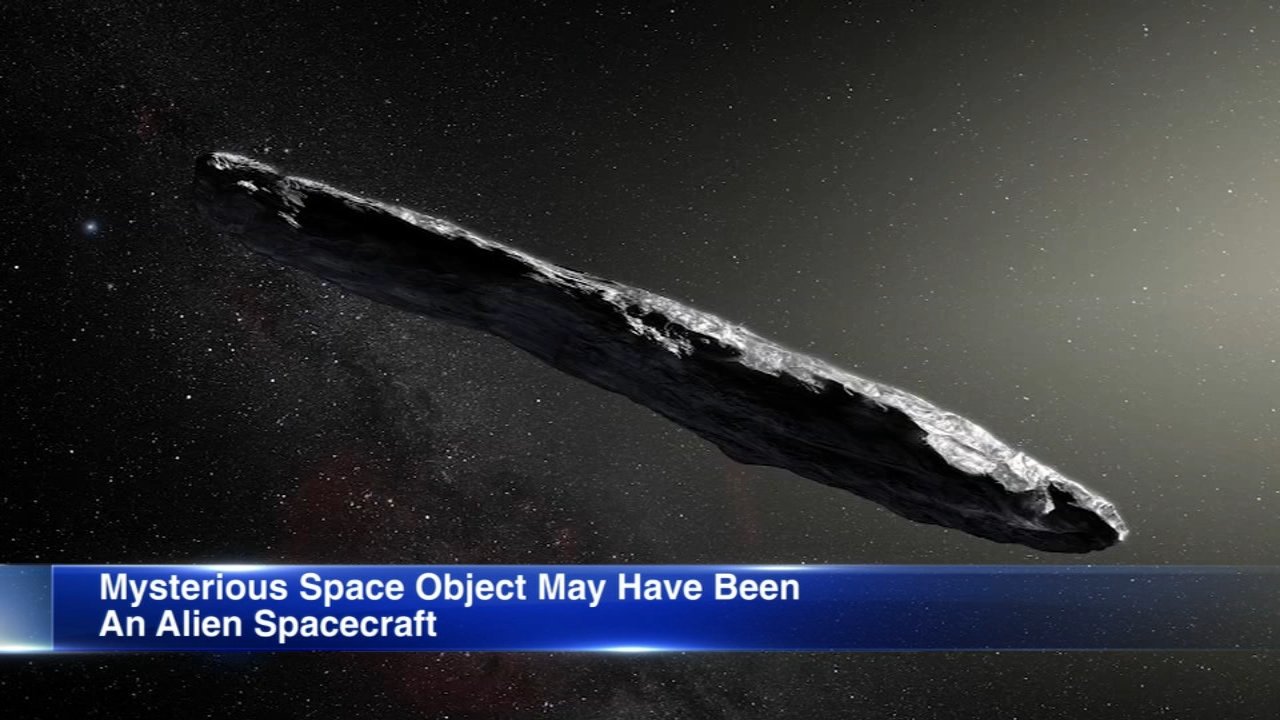Rare Interstellar Object Raises Speculation of Alien Probe A Harvard-led research paper has sparked intense debate in the scientific community with its suggestion that a recently discovered interstellar object, comparable in size to Manhattan, could be an alien probe.
The object, designated 31/ATLAS, was detected on July 1 by the ATLAS telescope in Chile, hurtling through the inner solar system at an astonishing 140,000 miles per hour.
While initially identified as a comet, the researchers argue that its unusual characteristics may indicate it is, in fact, an intelligently directed craft.
Dr. Avi Loeb, a Harvard astrophysicist, and his co-authors highlight several anomalies in the object’s behavior, including its “non-gravitational acceleration” and “cometary outgassing.”

Furthermore, 31/ATLAS’s “low retrograde tilt” allows it to approach Venus, Mars, and Jupiter with an extremely low probability of <0.005%, raising suspicions about its true nature.
The paper proposes that the object’s trajectory, which will bring it closest to the Sun on October 29, could be a deliberate attempt to gather “astrometric measurements” of the Solar System planets, enabling an optimal approach strategy.
This hypothesis draws inspiration from the “Dark Forest” theory, which posits that advanced extraterrestrial life would likely view humanity as a potential threat.
While the research is presented as a “pedagogical experiment,” it has ignited a lively discussion about the possibility of intelligent life beyond our planet.
As scientists continue to monitor 31/ATLAS, the public is left to ponder the implications of a potentially hostile alien presence in our solar system.

